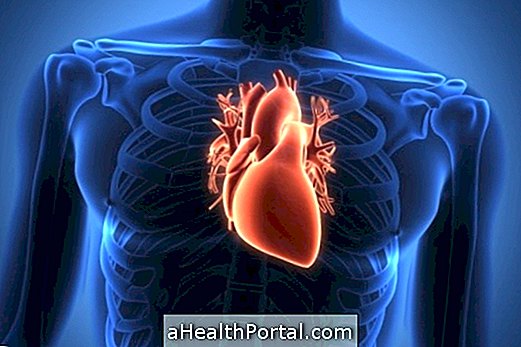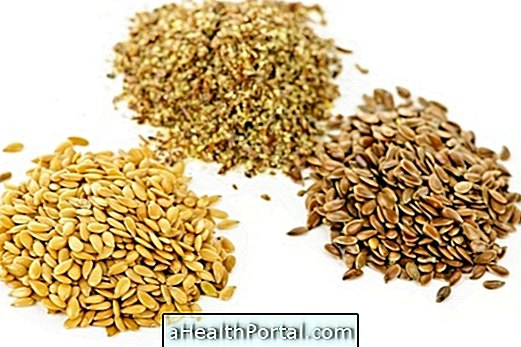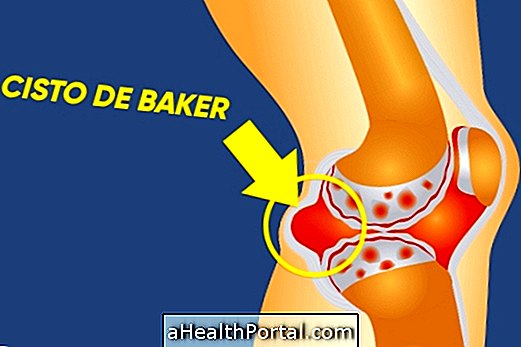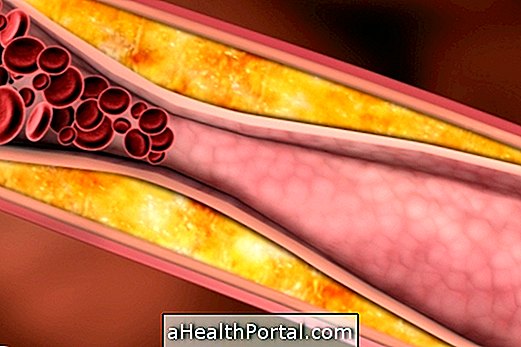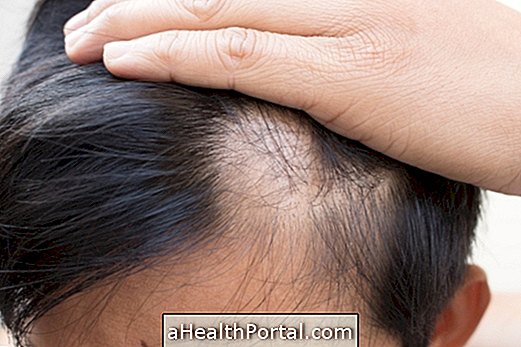The ketogenic diet for epilepsy is based on a high-fat diet with a moderate amount of protein and a low carbohydrate content. This food composition causes the body to enter into ketosis, which causes the brain to use ketone bodies as the main fuel for its cells, controlling epileptic seizures.
This diet is used for refractory epilepsy, which is the form of the disease that is difficult to control, and should be followed for about 2 to 3 years, when attempts can be made to introduce a common diet, checking for resurgence of seizures. With the ketogenic diet, it is often possible to reduce medication to control seizures.

How to diet
To start the ketogenic diet, there is usually the patient and his family are advised to do a gradual increase in the amount of diet fats and a reduction of carbohydrates such as breads, cakes, pasta and rice. This monitoring is done in weekly consultations with the doctor and the nutritionist, and a first phase of adaptation necessary for the patient to achieve the total ketogenic diet.
In cases where the patient presents with some complication of the disease, he must be hospitalized and undergo a fast of up to 36 hours to enter into a state of ketonuria, when the ketogenic diet can be initiated.
There are two types of diet that can be used:
- Classic Ketogenic Diet: 90% of the calories come from fats such as butter, oils, sour cream and olive oil, and the other 10% come from proteins like meats and eggs, and carbohydrates like fruits and vegetables.
- Modified Atkins Diet: 60% of calories come from fats, 30% from protein-rich foods and 10% from carbohydrates.
The deita Atkins has a greater patient compliance and more is easy to follow due to its high protein content such as meats, eggs and cheeses, which improves the taste and facilitates the preparation of meals.
Caring for sugar in food
Sugar is present in many industrialized foods like juices, soft drinks, ready-made teas, cappuccinos and diet products. It is therefore important to always look at the list of food ingredients and avoid products containing the following terms, which are also sugars: dextrose, lactose, sucrose, glucose, sorbitol, galactose, mannitol, fructose and maltose.
In addition, vitamin supplements and medications that the patient uses should also be sugar free.

When to take the ketogenic diet for epilepsy
The ketogenic diet should be used as a treatment for epilepsy when at least two epilepsy-specific medications (focal or generalized) have been used without success in improving seizures. In these cases, the disease is called refractory or difficult to control epilepsy, and feeding can enter as an effective treatment option.
Almost all patients undergoing the diet achieve a great reduction in the number of crises, and may even reduce the use of medications, always according to the doctor's advice. After the end of treatment with the diet, which can last from 2 to 3 years, the crisis is expected to remain halved. See how the complete treatment for epilepsy is done.

Side Effects of Diet
Excess dietary fat causes the child or adult patient to feel less hunger, requiring more patient and family patience and effort during meals. In addition, during the adaptation phase, there may be intestinal problems such as constipation, diarrhea, nausea and vomiting.
It is also common to not gain weight in children in the first year of the diet, but its growth and development should remain normal and should be accompanied by the pediatrician. Symptoms such as lethargy, irritability, and refusal to eat can also arise.
Already the diet ketogenic to lose weight, is less restricted and has other characteristics. See an example menu here.


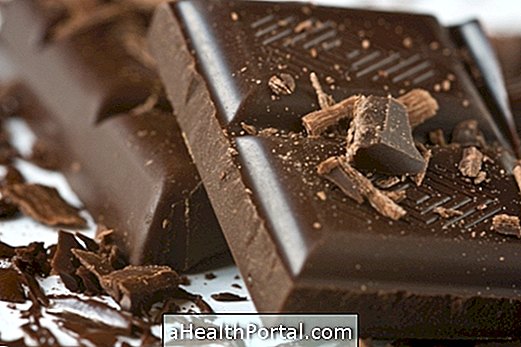






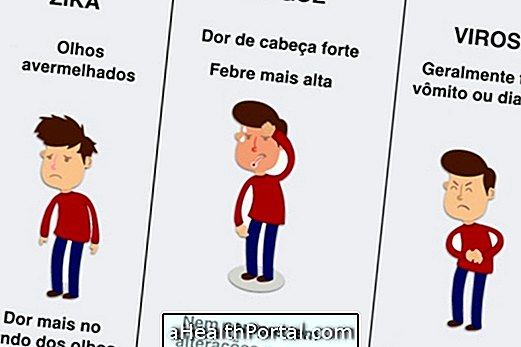

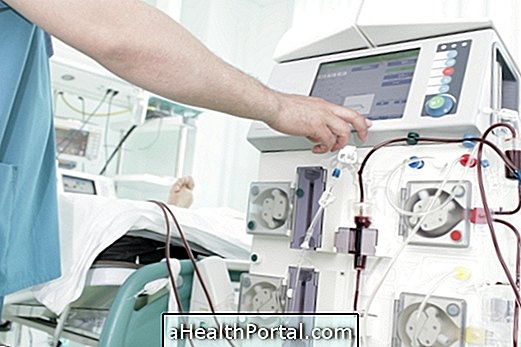
-o-que--sintomas-e-tratamento.jpg)
